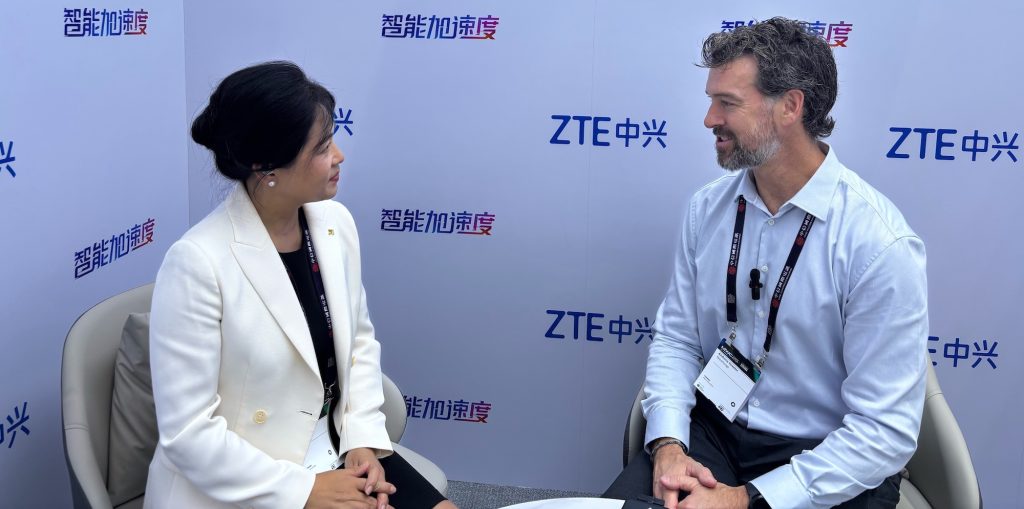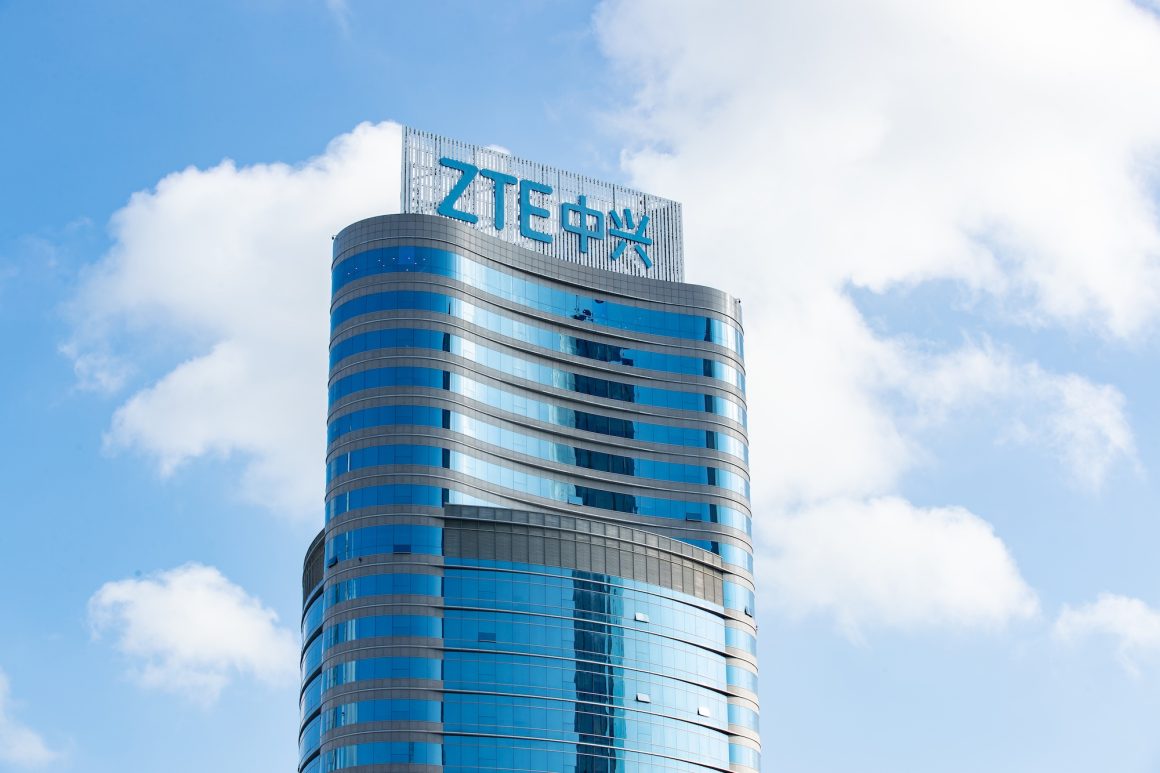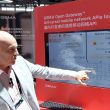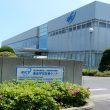According to a European Union study released by the Joint Research Centre (JRC), the EU has been growing faster than the United States in the smart factory industry sector, but China is the undisputed number one.
More specifically, China has a larger percentage of smart factory-related activities (or advanced manufacturing when it comes to semiconductor and power electronics: 23% of companies have some advanced manufacturing activity, as JRC puts it, followed by the EU and the US, both tied with 13%.
So, it was not a surprise that when TelcoForge caught up with Summer Chen, Vice-President of ZTE – a global leading provider of integrated information and communication technology solutions in China – she had much to talk about smart factories.
In this interview, recorded during MWC25 Shanghai, the executive expanded on her keynote and shared some of ZTE’s current works and goals in areas such as smart factory, the intersection between 5G and AI, sustainability, and more.
In your keynote, you shared some use cases and stories. Can you expand on what aspects of ZTE you talked about?
Summer Chen: I just shared ZTE’s successful story of how AI and 5G accelerate the digital transformation for smart manufacturing. Because ZTE is not just an ICT infrastructure solution provider, we are also an electronics manufacturing owner.
I wanted to share our factory’s digital transformation story and show how AI and emerging innovation in connectivity will change or accelerate the factory’s move to a smart factory, and how to potentially leverage AI technologies.
And what does this transformation look like?
We should think of the factory as a human being. We humans have a brain, we have an arm, we have a body. In a manufacturing plant, we’re using connectivity like 5G RedCap, millimetre wave, and all kinds of wireless and wireline technologies to accelerate and make the factory strong for connectivity.
Another aspect is that AI technologies are making factories smarter. They are using the data to be a closed loop, all the process steps together like a whole system.
So it will make the whole factory more efficient and of high quality, and even with low power consumption. That will be a sustainability consideration.
One example I give is ZTE’s Binjiang factory, located in Nanjing, China. It manufactures base stations and service equipment.
It’s a kind of 5G factory. It’s also an AI-powered factory, where we develop some use cases to help the other industry partners improve their own facilities.

What type of energy is used in that factory? Is it solar power?
That’s a good question. For manufacturing, the electric power supply is quite an issue that everyone will be considering. Because solar power is a new clean energy, we have already deployed it in our own factory.
Actually, we started using solar power in our supply chain six years ago. our utilization of renewable energy will reach 15% by 2025. And part of the power supply comes from the solar power systems.
So it’s one place where we’re using it, thinking about the green supply chain for our new smart factory.
Another aspect is that we’re using a data analysis system to determine which part uses the most power.
So we’re using technology to change or optimise the production line and the processing loop. So it will help us reduce power consumption. And by also optimising the order processing system, it will reduce the whole delivery time. It’s also another improvement for our green factory.
There are clearly benefits to delivering a more intelligent industry, but it’s often easier to build new capabilities into a greenfield deployment than to persuade people to add some new element and therefore new risk to a system that already works okay. How does the dynamic work with your industrial customers?
This is quite an interesting problem. People, especially the owner of the factory, they’re thinking about how to improve their legacy systems, which means investment. It means changes, not just adding an ability for the factory, it’s a requirement for people. So we consider that some changes should be made, especially for the power consumption side, for the high-quality or high-efficiency sides.
It’s not just about connectivity, it’s also about computing power, or the whole processing systems integration, and emerging innovation happening in the factory domain. It’s still a big challenge.
It’s not just a one-step revolution. Maybe at first, it’s about creating a peripheral system, about planning or about working on the logistics side.
But step after step, you can put these changes together and move to the key or core processing unit. It means these changes should be long-term.
That’s why ZTE applies these kinds of applications or use cases in our own factory. And then we can guarantee these technologies or solutions can be easily deployed, or that they definitely work.
Another topic that you discussed is embodied intelligence in the robots in the factory in Binjiang. How scalable is that for other clients? And is ZTE able to support all across that value chain? Or are you collaborating, for example, with AI specialists, spectrum owners and other providers?
“Embodied robots” is quite a buzzword now. We actually collaborated with some partners to design our own embodied robot in our own factory.
It’s not just hardware. It demands integrated software, a large language model. Because there are lots of embodied robots in our factory – sensing robots, or data connection robots – there are lots of agents there So, different embodied robots can be deployed in different scenarios. There is no one company that can cover everything. For ZTE, we are open. We are cooperating with different ecosystem players to develop these innovations.
I’m interested in connected cars, for example, autonomy. I’ve spoken to some people who say that autonomous driving is still far in the future. What is ZTE’s role in this type of vehicle, and what’s your take on the state of autonomous driving today?
We have some solutions. One part of it is that we provide connection chips or modules for vehicles. We provide them to some car manufacturers in China, for example.
We also provide autonomous driving roadside units (RSUs), which are a kind of infrastructure module – a government-owned infrastructure to guarantee the national coverage.
Since the vehicle is moving, with RSUs the road is still covered for the connection. It’s a type of base station or connection point for shaping the whole network, and ZTE provides that.
We also work with the traffic management, for example, ensuring vehicles communicate with the central system. But autonomous driving is still in its development phase.



